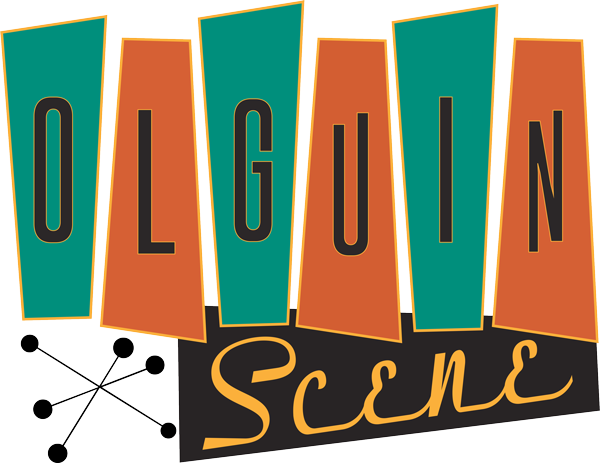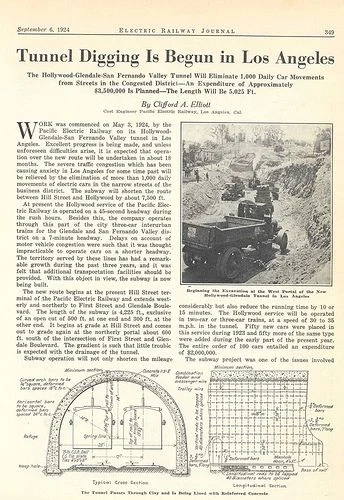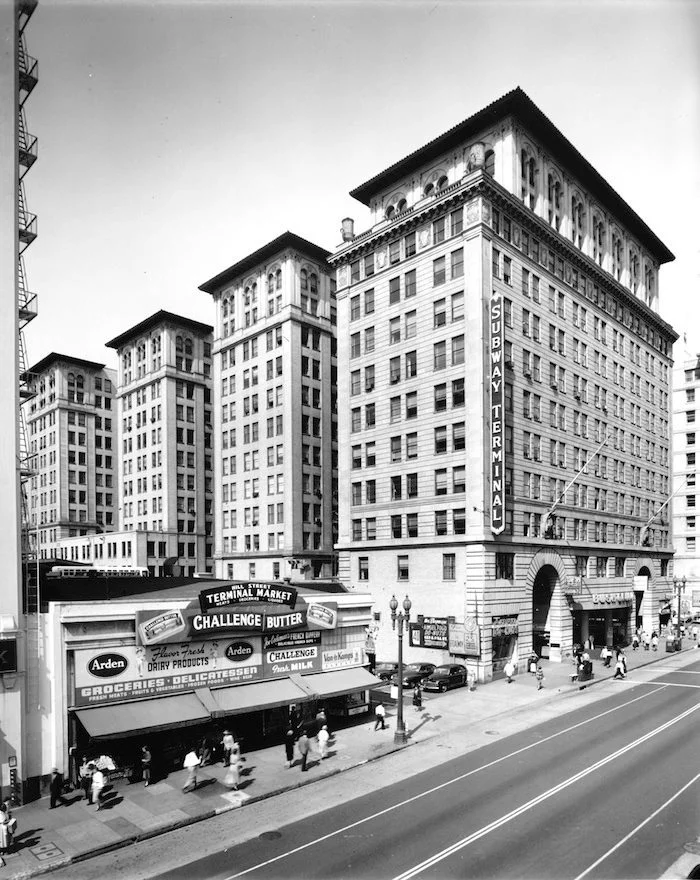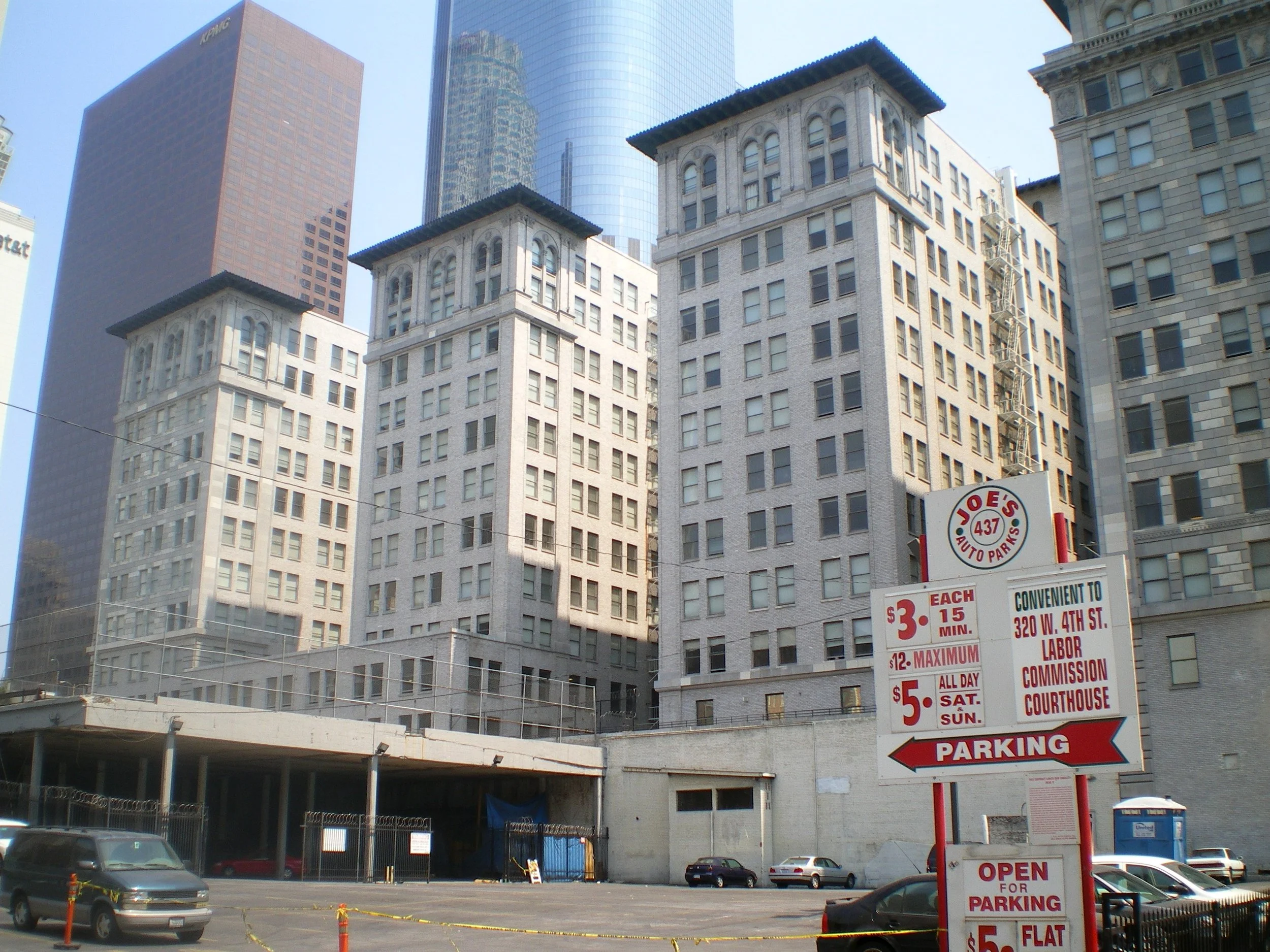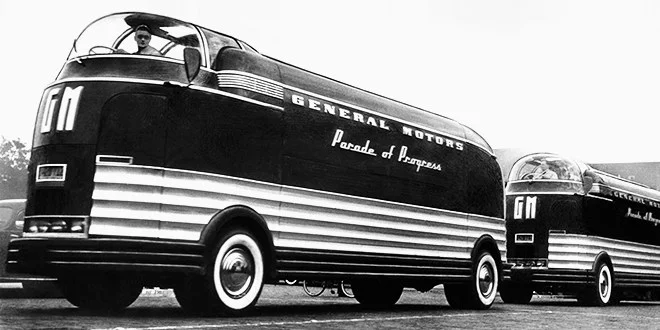Old Hollywood Subway
Retro Style Poster Designed by Me.
I have always liked to think of LA like an Island. It’s about 50 miles wide and 30 miles tall. Surrounded by the Pacific Ocean on the West, a mountain range and high desert to the North, the Mojave to the East and more desert and Mexico to the South. “Los Angeles” is mostly a county made up of tons of small cities. Most of the cities are their own municipalities and even the ones that aren’t, usually have their own name even if their mailing address states Los Angeles. The most famous example is Hollywood, but also other areas like Melrose and Los Feliz. Within this patchwork of cities are distinct neighborhoods with their own look, feel and geography. The freeways, roads and rails are the arteries that keep this town alive and moving. As different as each city can be, it’s still part of a greater whole. This wasn't always the case.
Back in the early history of the area, there were only a few small cities surrounded by miles of empty land and wilderness. Then, cities started to spread outward like blots of ink on wet paper. As time and technology allowed people to get further and further from the early water sources, more cities popped up and spread out until the area was mostly filled up.
Getting around such a vast area with different types of terrain has never been easy. Back when there was more distance between places and roads weren't great, there was still different rail options from trains, trollies, to funiculars. You may have heard about Henry Huntington’s Red Cars that crisscrossed the city. These electric trolleys went just about everywhere in town for a nickel. They reigned supreme for about 75 years until a conspiracy by automotive companies shut them down in favor of buses.
Well you may have heard of the Red Cars, and you may know that LA has a modern subway that opened in the mid-nineties, I bet you didn’t know it’s not the first subway in town.
It was just a few miles long and only open for about 35 years, but the Old LA Subway was part of the Pacific Electric Hollywood line with its origin in Downtown LA.
Back in the early 1920’s, before roads were regulated it was car-chaos in a way that would shock even today’s most jaded commuter. Although the streetcars had already been around for a couple of decades, they were in the street with traffic downtown, by the late 20’s they were stuck in just as much traffic as the cars; especially in downtown LA.
The movie industry was on the rise, and there was a huge need to get people from the population centers of LA to the Hollywood area. It seemed like the only way to do that would be to tunnel underneath the gridlocked downtown streets.
On the corner of 4th and Hill there is a huge old building that still exists today as swanky apartments called Metro 417. In its basement far below the street level is a forgotten piece of LA history.
Down here is what is left of the old Subway Terminal Station and Platforms.
Opening in the 1920’s, the Hollywood Subway only stretched a little over a mile under the streets of LA in a Northeast direction before emerging from a hillside on Glendale Ave in the Belmont area. From here, the trains continued Northeast into the Hollywood area.
The start of the line downtown was the Subway Terminal Building. It just looks like a building, but underneath it is a small rail yard, maintenance facilities and station platform dug out from the hillside, connected to the tunnel, covered and topped with an office building.
At street level was the ornate entrance and lobby with ramps zig-zagging down to the station platform.This was a popular line and would have been filled with locals and visitors heading to the shops, restaurants and studios in Hollywood. Folks who live in Hollywood would be heading to the other direction to take care of biz or shopping in Downtown LA. It was up and running for about 35 years and it was suddenly closed in 1959.
The tunnel and station were abandoned (the office building remained open) and forgotten until the late 1970’s when construction crews building the Bonaventure Hotel’s basement took over a small section effectively severing the tunnel in two.
The end of the tunnel on Belmont St, and it’s power station became part of the yard of an apartment complex. The tunnel was bricked up and painted with a mural of a Red Car coming out and the power station building sealed and painted as part of the Red Car themed garden.
Every now and then ideas about what to do with (or about) the remaining tunnels get discussed. I heard of a possible speakeasy in the station section of the tunnel, but I don’t know if that ever materialized. They have used the tunnel in TV Shows and Movies like Arnold's “The Running Man.” But mostly they sit down there forgotten.
I love this. A secret abandoned subway station is often a movie plot point in films like Ghostbusters 2, Teenage Mutant Ninja Turtles 2, Spiderman and Predator 2. I find any place that used to be something great, forgotten and hidden away are really fascinating.
Abandoned amusement parks, hidden tunnels, forgotten subways and stuff like that have a neat vibe because they’re places people went to all the time and assumed would be around a while. Like, people waited for a train everyday in the subway terminal. Some just starting their new jobs in the studios in Hollywood heydays. Some waited for the train on their way to WWII wondering if they would return.
For me, places like it still echo with the vibes people left behind years ago. Even in an abandoned state, or with just clues to something’s existence, I think it’s interesting to find an old photo of the place in its prime and compare how it’s changed, or if there are more clues to its former purpose in plain sight. Learning more about a forgotten place is like opening a present; a little gift of something fascinating. A new, old place to learn and write about. I like to imagine what it would be like back then. Pertaining to the old subway, what it would be like to stand on the platform, feel the whoosh of air, and see a light pierce the darkness and hear the Red Car come clanking in. What would the passengers disembarking be wearing and talking about?
It opened as a great success and shuttled thousands of people 24/7 between LA and Hollywood. Just a few years after it’s opening the Great Depression hit. As a result, the ridership decreased a little.
However, marketing it as the speediest way through downtown and still humming Hollywood kept the trollies dinging. The peak of ridership was during WWII. There were tons of soldiers, factory workers and the Hollywood industry all in need of moving around LA.
After the war, the economy boomed and roads were much better. There were less people in town than at the peak of WWII, a lot of soldiers lucky enough to make it back, and the factory workers who came to town for the war effort stayed. There was certainly more people left around than at the start of the war. This was a fairly affluent time economically and the cost of cars came way down. It’s at this time that LA began to be known for its car culture. By the late 50’s cheap cars and gas prices started to affect ridership, but here’s where things get murky.
A popular belief is that big automotive interests, corrupt city officials and big business colluded to buy up, then liquidate the Redline system in a greedy fiendish plot to replace it with the buses that they made. This “Chinatown” like scandal was the plot of “Who Framed Roger Rabbit” amongst other pop culture references. While things more or less played out like that, was that the whole story? Maybe not...
Car culture was sweeping across the southland and the post war attitude was “me, me, me.” People left the downtown area and started to fill out the suburbs. The influx of new families and lack of centralized population meant a lot of people now wanted their own car.
Lastly, a rise in population meant a rise in crime in the 1950’s and 60’s. This helped fuel the flight of people out of the city and into the suburbs of San Fernando, San Gabriel and Orange County. These places were once far flung from the city and the last few stops on the line, now they were filling up and becoming part of the county. The people who felt they “escaped’ the grime of the city felt the old fashioned looking Red Cars (and public transit as a whole) were relics of the past. Not only that, but the assumption that they bring in criminals from elsewhere didn’t help the situation. The new communities would design their cities exclusively for the car.
The city did receive some blowback when it became apparent the Red Car lines would be closed. People who depended on the Red Cars and even some who didn’t but liked the system over all, protested. The automotive conglomerate that took over and scrapped the system were quick to action and turned public perception around. They did it in the most mid-century way possible. Marketing. Sleek, Sci-Fi looking buses were displayed at trade shows, in ads and in commercials.
They gave some a Red Car looking paint job and assured the public that zillions of these things were being made and would be put into service soon. They would be able to serve way more streets, hold more people, on more flexible routes for way cheaper (or so they said…)
Once the city contracts were secure the big automotive conglomerate lost interest in the project. The sleek buses promised rarely materialized. Instead very basic government / big business buses normally used to move large numbers of employees around large factories and government facilities appeared on city streets. While the buses could serve more streets, they came less often and unlike the red cars that ran 24/7, only ran limited hours. Eventually the auto conglomerate got bored enough to sell the line to the city.
The maintenance and drivers turned out to be way more expensive than advertised. This often left the buses poorly maintained, noisily lumbering about, and billowing out tons of thick black diesel fumes. The expense of the buses only got worse as the various oil crisis’s of the last few decades made the cost unpredictable. All of this added up to people not taking public transportation unless they really, really had to.
The good people of LA moved on from seeing public transportation as a viable means of getting around and began to see a car as a basic need instead of a luxury. People who liked and depended on the Red Car system felt betrayed. Although LA moved on to cars (and in some ways has never looked back), people here have held onto the bitterness of that bait and switch bus bamboozle by the auto companies for decades.
So what really killed the Red Car?
Was it the greedy Automotive conglomerate wanting to sell buses, tires and eventually cars to exasperated bus riders?
Was it a car crazed culture of Greaser’s wanting a cherry stick of their own for cruising?
Was it prejudice city officials in the suburbs wanting to sever the connection to the inner city?
We may never know.
Public transport was restructured in the 90’s and since then has made great strides in changing public perception and adding more buses and rail. In some cases rebuilding tracks on the previously abandoned right of ways of the Red Cars. A huge facility and tunnels connecting the three major rail lines will open soon under the streets of LA. (It probably goes right under the forgotten and abandoned Old Hollywood Subway tunnel.) Elon Musk’s new tunnel system is well underway beneath South LA. In lot of ways the city is moving back to this old idea.
Self-driving cars are; wait for it… right around the corner! Will cheap rides render public transportation obsolete? Only time will tell. But robot mom is at the stop sign down the road and she has a self-driving car full of progress. Public transport better get its shoes on help her in with the groceries, or it’s not going to McDonalds.
Sure, public transport has its drawbacks; like this one time on the current Redline this weird older dude said he was a space alien amongst the 12 galaxies and was glad to see a fellow alien (me) onboard. While I didn’t recognize him from my planet, it honestly wouldn’t surprise if he was an alien rather than your average transport lunatic. While the LA Metro these days is much safer than subways in other cities, there have been weirdos and incidents on the Metro. There is a lot of money going into upgrading and improving the system especially for the Olympics in a few years.
I dunno, I see public transport optimistically. When you see other people on their way somewhere while you're on way somewhere yourself it builds a sense of community. To me, it’s the city doing something big to ensure folks can get around. I guess growing up in the 1980’s I was inspired by the optimistic gleaming cities of the future depicted in the Pop-culture of the 1960’s.
These worlds full of people movers, moving walkways, motorized everything and people on the go, seemed really cool! An exciting world of future wonders made accessible to everyone. Although the Hollywood Subway and the Red Cars day came and went, at least they had a day.
Next time, I will talk about rad space-age transportation conveyances that didn’t make it off the drawing table, but would have been amazing! Thanks for reading!
-Mike Olguin
April 21, 2019
